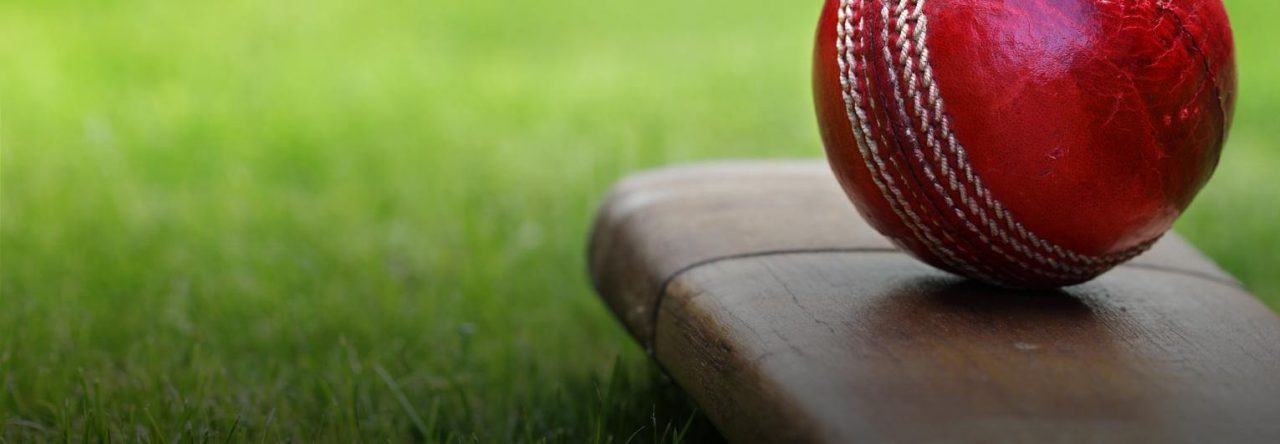Turf toe is a common injury that affects athletes who play on artificial turf surfaces. It is a sprain of the big toe joint, which is caused by hyperextension of the toe. Turf toe can be a painful and debilitating injury that can affect an athlete's performance and ability to compete.
The big toe joint is a complex structure that is responsible for bearing the weight of the body during standing and walking. When an athlete plays on a hard surface, such as artificial turf, the toe can be pushed back too far, causing the ligaments and tendons in the joint to stretch and tear. This can result in pain, swelling, and stiffness in the joint.
Symptoms of turf toe can vary depending on the severity of the injury. Mild cases may cause only minor discomfort and swelling, while more severe cases can cause significant pain and swelling that may limit an athlete's ability to walk or run. In some cases, the joint may become so swollen that it is difficult to wear shoes or even walk.
Treatment for turf toe typically involves rest, ice, compression, and elevation of the affected joint. Athletes may also need to wear a brace or special shoe to support the joint and prevent further injury. Rigid carbon plates can also be used in the shoe. In more severe cases, surgery may be required to repair the torn ligaments or tendons in the joint.
Preventing turf toe can be challenging, as it often occurs during the course of normal play. However, athletes can take steps to reduce their risk of injury by wearing shoes with good arch support and cushioning, using proper technique when planting or pivoting, and avoiding playing on hard surfaces for extended periods of time.
Turf toe is a common injury that can be painful and debilitating for athletes. With proper treatment and prevention strategies, however, athletes can minimize their risk of injury and continue to perform at their best on the field.
